It’s the beginning of the school year, and perhaps you’ve found yourself surrounded by Dash and Dot robots (check out our new Classroom and Tech Center Packs!). You know you need a creative storage solution to keep Dash and Dot safe. But how can you streamline a storage and mobile delivery system for your students and fellow teachers? How will you provide your students with the best access to STEM learning tools and resources? We have a solution for you — 10, in fact. Here are our top 10 innovative storage cart solutions for robots, shared by teacher leaders from K-12 schools near you.
#1 — Newport Mesa Unified School District, California: Dr. Jenith Mishne, Director of Education Technology, and her team of amazing EdTech TOSAs, Christie Darnall, Martha Felix and Melissa Price were very strategic about how they wanted to roll out a robotics program to their elementary teachers and students at 22 sites. They knew that a cart had to be durable, had to have wheels for ease of moving between classrooms, and had to have enough space to hold all the related teaching and learning materials, because their Dash STEM kits include: 7 iPads, 7 Dash robots, 7 customized floor mats, 1 teaching and learning resource binder filled with many activities and lessons, Wonder Workshop’s Curriculum Guide and Challenge Cards, an accessory kit of math manipulatives (rulers, projectors, etc.), 7 robot and 7 iPad charging cables, 14 building brick connectors, and a LEGO set. Their team decided to purchase the rugged Case Cruzer, which has foam inlay for added protection of the contents and can be locked. The K-5 teachers within each elementary building use a shared Google calendar to check out the cases. Now, all 23 sites have easy, shared access to the Dash STEM kits.
Total cost: <$200.00 for each mobile case
Follow and learn with the EdTech TOSAs on Twitter @NMUSD
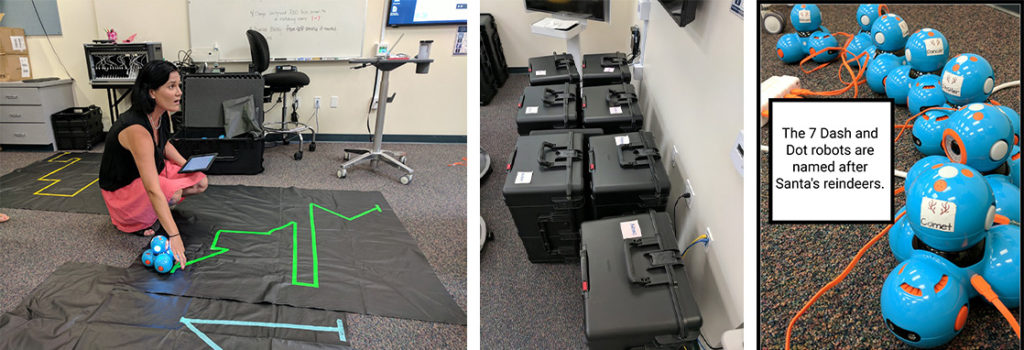
#2 — Overton Public School in Overton, NE: Technology specialist Chase Christianson took a DIY approach. For his school’s solution, Chase creatively repurposed an old TV cart. He worked with the head of maintenance to add some wood panel “bumper walls” for the Dash robots sitting on top (we’ve also seen foam pool noodles used for bumper walls). Since it is a powered TV cart, Chase added a small USB charging unit that plugs right in for quick and easy charging. Chris claims it is “nothing special,” yet when he has to make the rounds to five different classrooms, his solutions make for flexible and easy mobility!
Total cost: $0.00 for the repurposed TV chart + <$5.00 for the wood panel “bumper” boards or pool noodles.
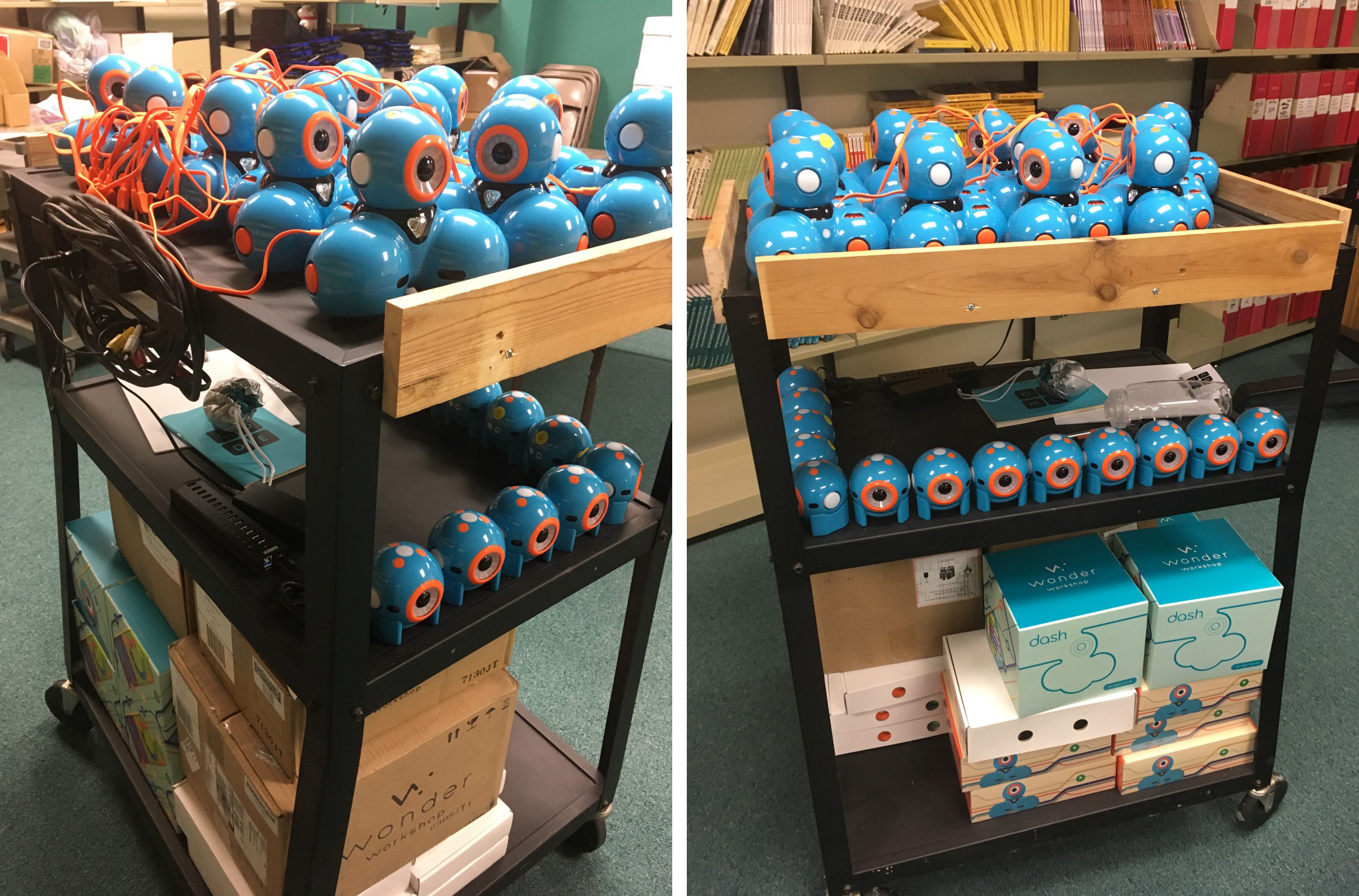
#3 — Valley Preparatory School, Redlands, CA: Carrie Willis, a technology director, created a small, simple, and yet practical mobile charging cart. She bought her metal cart at Target (note: similar models can be found at IKEA, Michaels, etc.) and used heavy-duty Velcro to mount a USB power strip to the side for charging. Each level of the cart can hold at least 3 Dashes and 3 Dots. Carrie and her students like the smaller cart size for its ease of mobility within a classroom setting — simple to store in a classroom corner.
Total cost: <$40.00
Follow and learn with Carrie on Twitter @carriewillis18
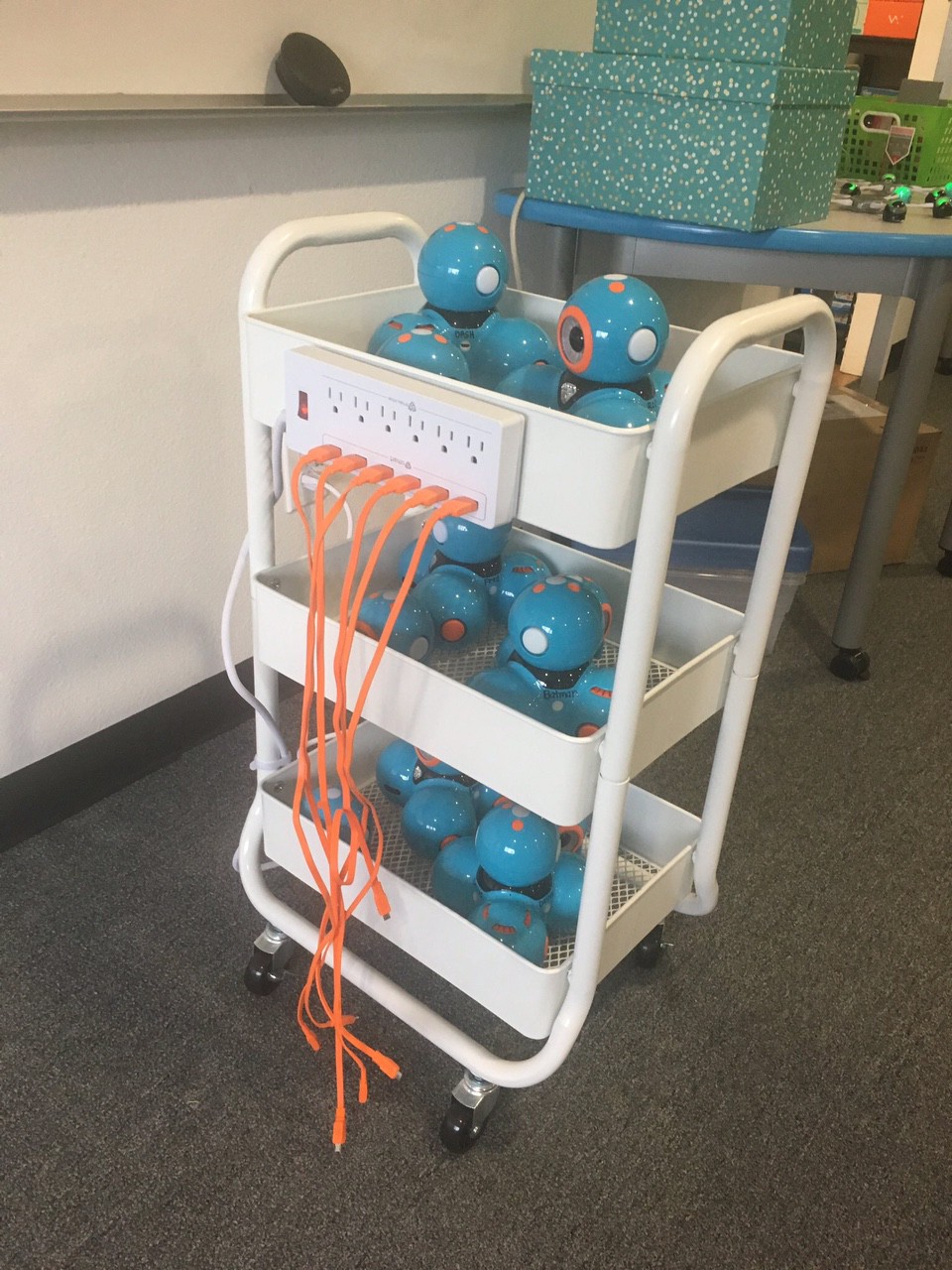
#4 — Lou MacNarin Schools, Dieppe, Canada: Julie Roy is an immersion STEM resource teacher in the province of New Brunswick. In Joy’s school, they have 15 Dash and 11 Dot robots stored on a sturdy metal shelving unit. This solution provides easy access for both students and teachers. Julie’s goal when she purchased these shelving units for her school was to allow for plenty of access, at any time. Now, she says that any teacher (or student) can borrow them whenever they like!
Total cost: <$25.00
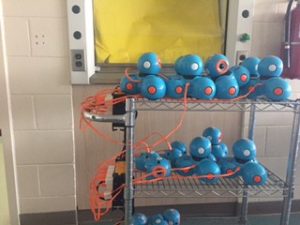
#5 — Conestoga Valley School District in Lancaster, PA: Vicki Treadway, a technology coach, shared her creative mobile drawer storage cart. Her elementary principal found the cart at their Leola Elementary location, so they simply repurposed it by adding a multiport USB charger on the top. The drawers fit Dash and Dot plus their USB cables and accessories. What a compact home!
Total cost: <$80.00.
Follow and learn with Vicki on Twitter @vltreadway
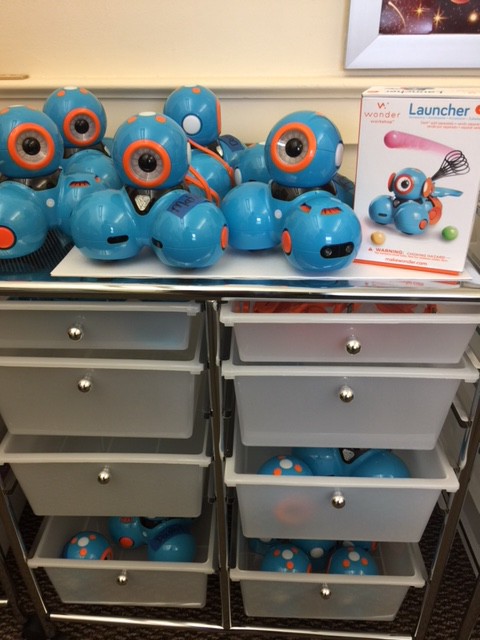
#6 — Wayzata School District, Plymouth, MN: Dr. Brad Gustafson and the Greenwood Elementary teachers collaborated on ideas for the best mobile storage solution for their makerspace. Dr. Brad had earmarked some funding in their budget to invest in the Mobile MakerSpace fleet and supplies. Their goal was to create an ethos of innovation and design thinking. They wanted students to have the opportunity to create, build, tinker, fail, and think critically from any classroom or hallway in the school. To transport new opportunities and tools to virtually any space in their school, they have lined the hallway to the media center with their Mobile MakerSpace carts, which are Cascade models. These carts contain all the tools needed to elicit collaboration and unleash student creativity, whether they are tackling high-tech 3D printing, low-tech knitting, plastic construction blocks, or modular robotics.
Total cost: <$300.00 per cart
Follow and learn with Dr. Brad on Twitter @GustafsonBrad
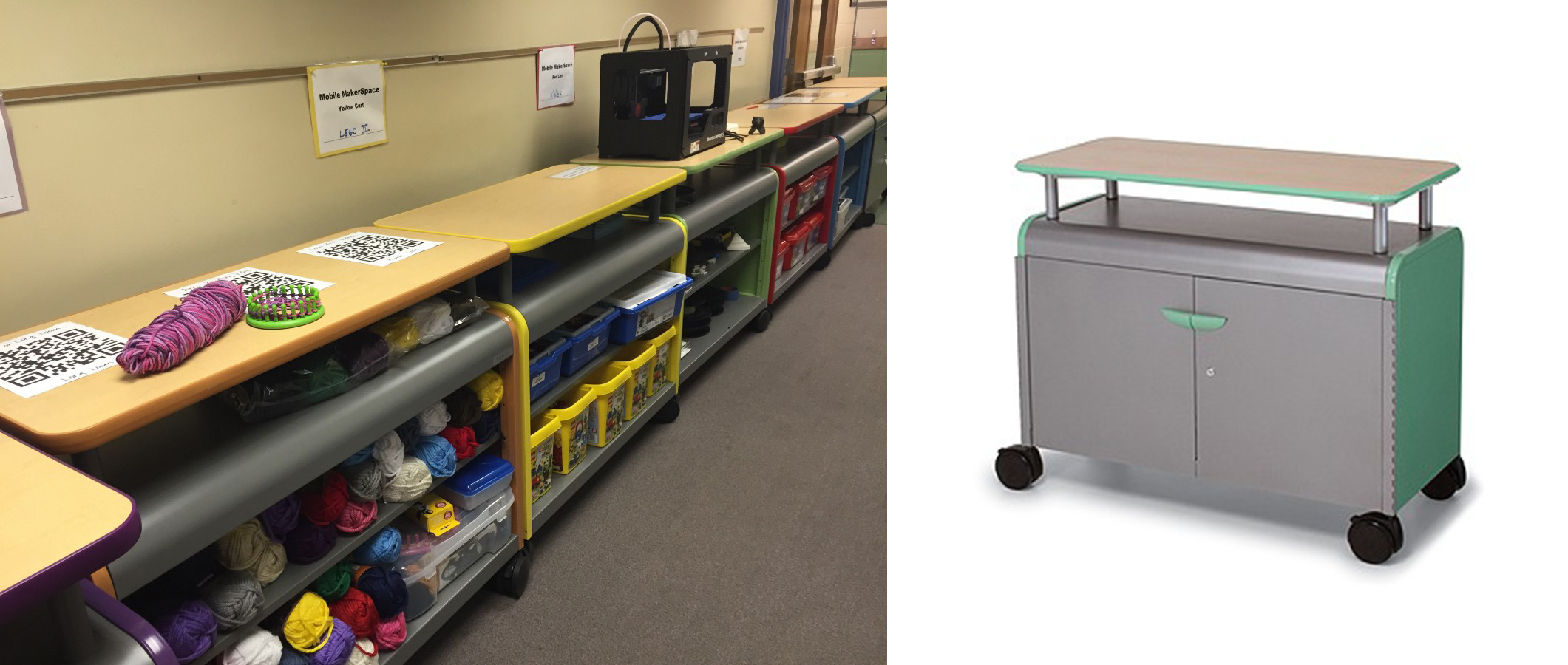
#7 — Oregon School District, Oregon, WI: Technology teacher Velvet Holmesshared her creative robot storage idea of a “Dash garage.” Velvet has designated a back counter of her classroom where she reuses the same box Dash was shipped in. She flips the box to use the top as a back for the “garage.” Then, she asks students to park the Dash inside the plastic liner and store a Dot on top of each open box. Her idea provides easy access for students, an organized method for storage, and an immediate charging station right next to the classroom’s iPads. Velvet has created an anytime, just-in-time way to enhance her classroom’s thematic units of study.
Total cost: FREE
Follow and learn with Velvet on Twitter @iVelvet
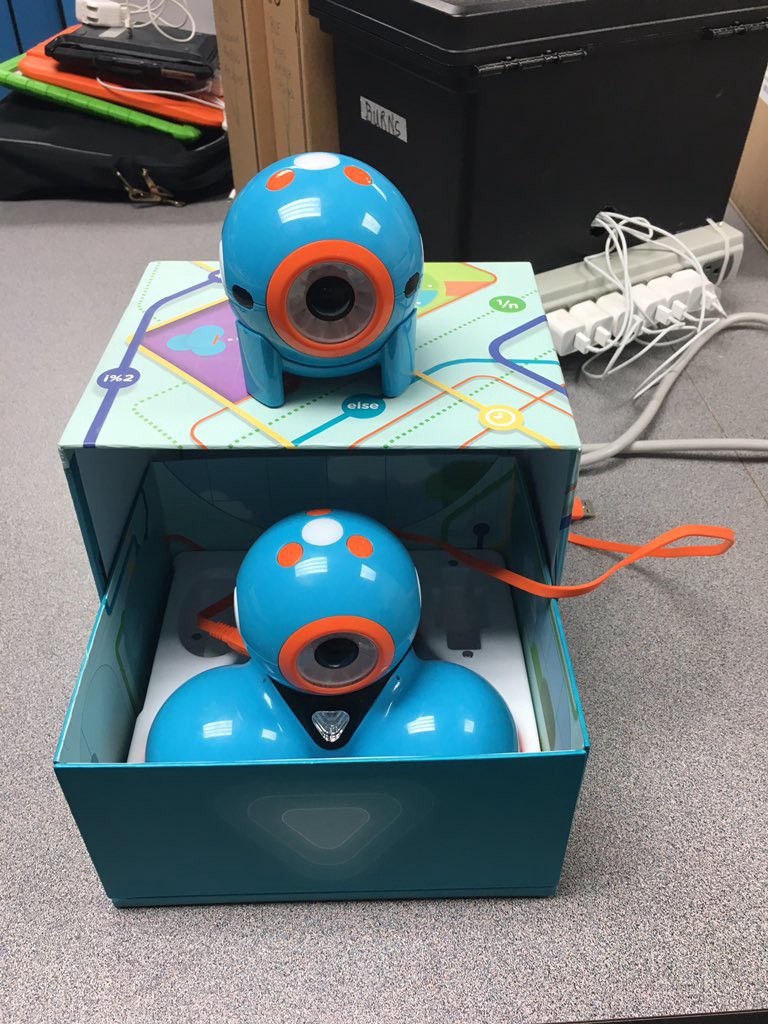
#8 — St. Cloud Schools, St. Cloud, MN: Angie Kalthoff, a tech integrator, wrote a $90K grant to bring Dash and Dot and other STEM tools to her St. Cloud, Minnesota schools. One of her creative first-grade teachers, Lindsey Nagorski @nagorski1 came up with the idea of storing the robots in a fish tank! She explains that her first-graders treat Dash and Dot as classroom pets — they take care for them each and every day. Jenny McNew is the media specialist @31madi and Jason Menth is the Talahi Technology Integrationist at St. Cloud Schools, and they work with multiple classes at Talahi Elementary using multiple Copernicus Premium Tech Tub Charging Cart sold by Tierney Brothers and others. The robots sit on shelves connected to internal USB charging ports, securely stored in a lightweight, ventilated unit that is easy to carry or transport from room to room. Another solution their district has come up with is tapping into repurposed laptop carts from years past, and that are no longer are being used. This provides durable mobile storage and an immediate charging solution.
Total cost: $0.00 for the repurposed fish tank; $0.00 for repurposed laptop carts; about <$300.00 for the Tech Tub Charging Cart
Follow and learn from Angie Kalthoff @MrsKalthoff
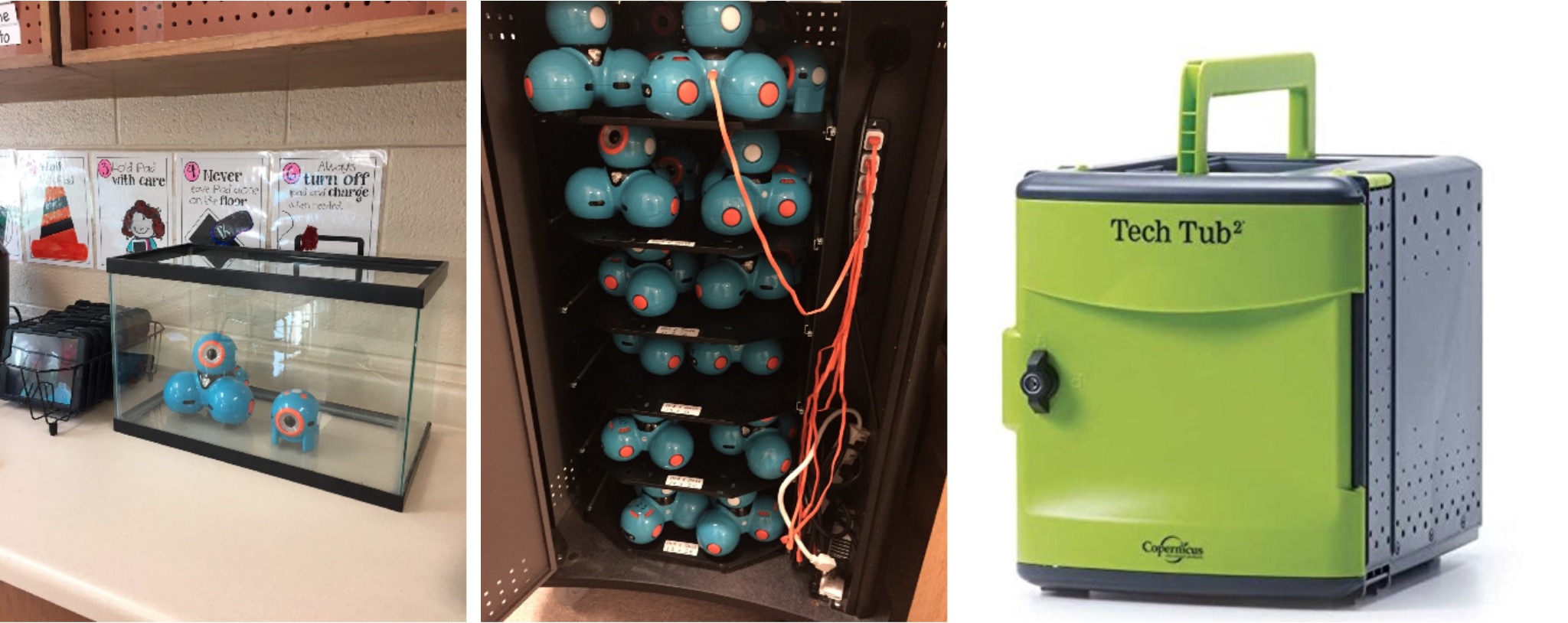
#9 — The ultimate rolling suitcase. Easy to pack, zip, load, and roll! Charlotte Cheng, our Curriculum Designer at Wonder Workshop, customized her suitcase to take Dash and Dot along when she conducts user research, visits school, or goes to conferences. A practical and sturdy way to bring your friends along for the ride!
Total cost: <$100.00
Follow and learn from Charlotte Cheng @CharlotteDraws

#10 — Lastly, I found these two utility carts recently at Home Depot. Often used as wagons for the garden or beach, I thought that they’d be a great way to move Dash and Dot and all their accessories between classrooms more efficiently. Plus, these sturdy carts collapse when not being used. Ask for student volunteers to be Robot Delivery Helpers so that they feel responsible for the care and maintenance of their beloved Dash and Dot robots.
Total cost: <$100.00
Follow Naomi Harm @NaomiHarm
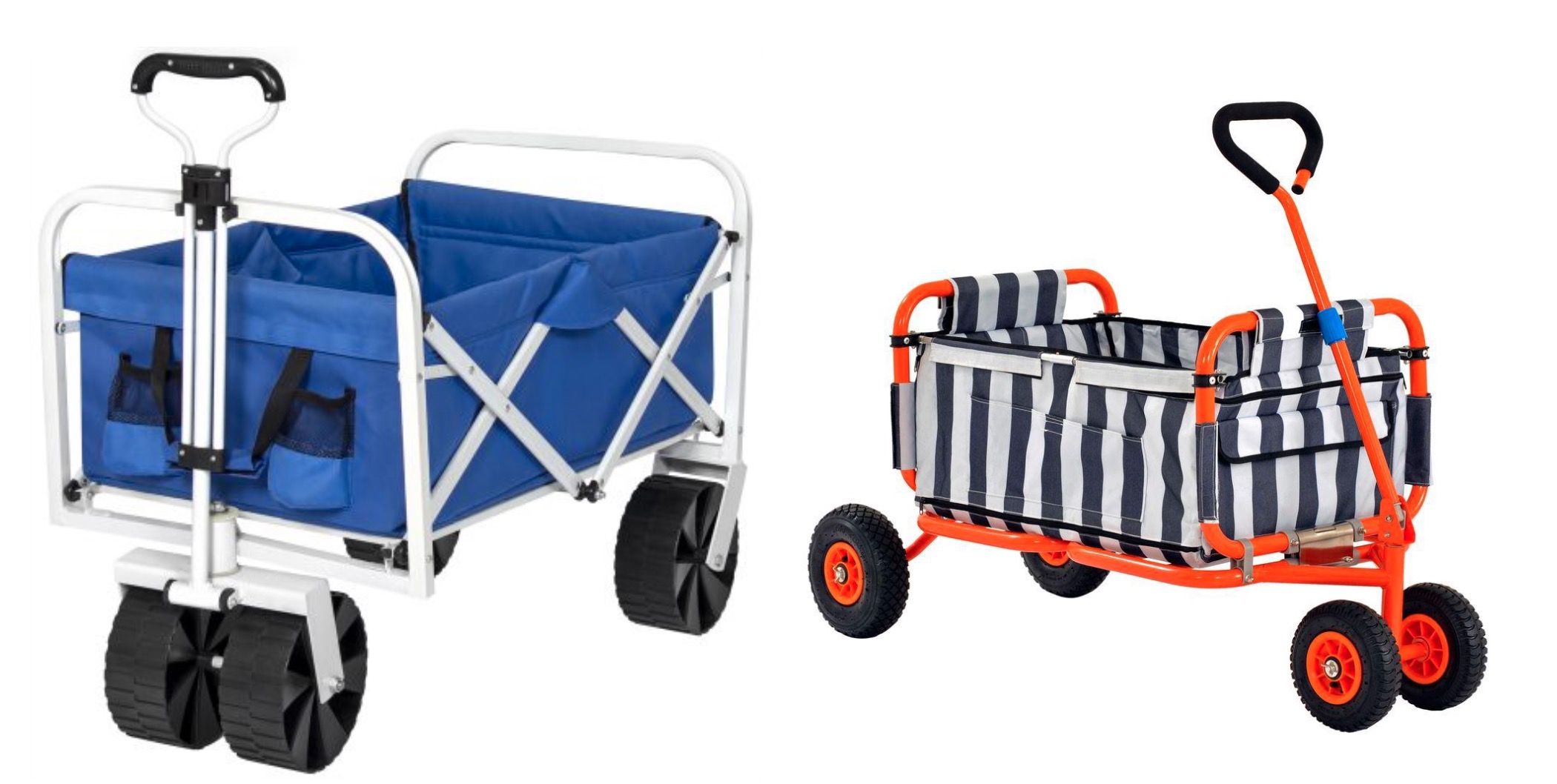
Share your story and a picture of your creative DIY or purchased robot cart solutions with us. We can’t wait to see the ideas that you have for providing innovative robotics program and storage solutions for your student learning experiences.



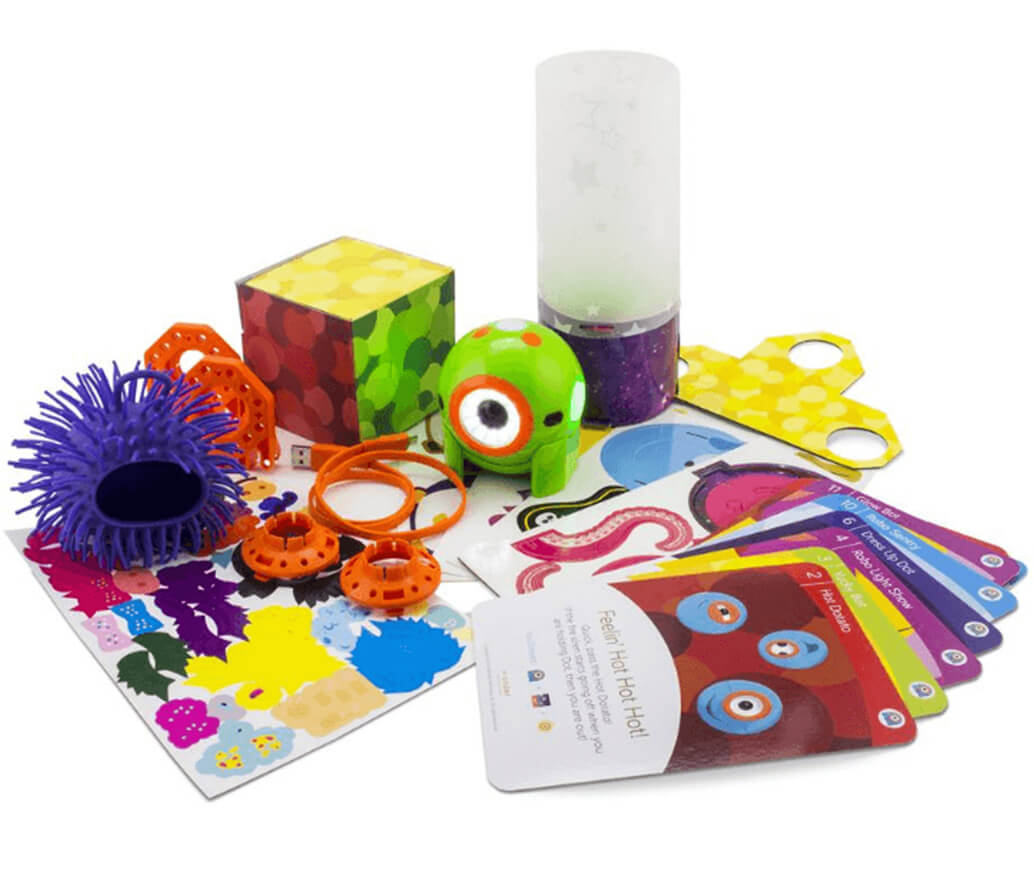
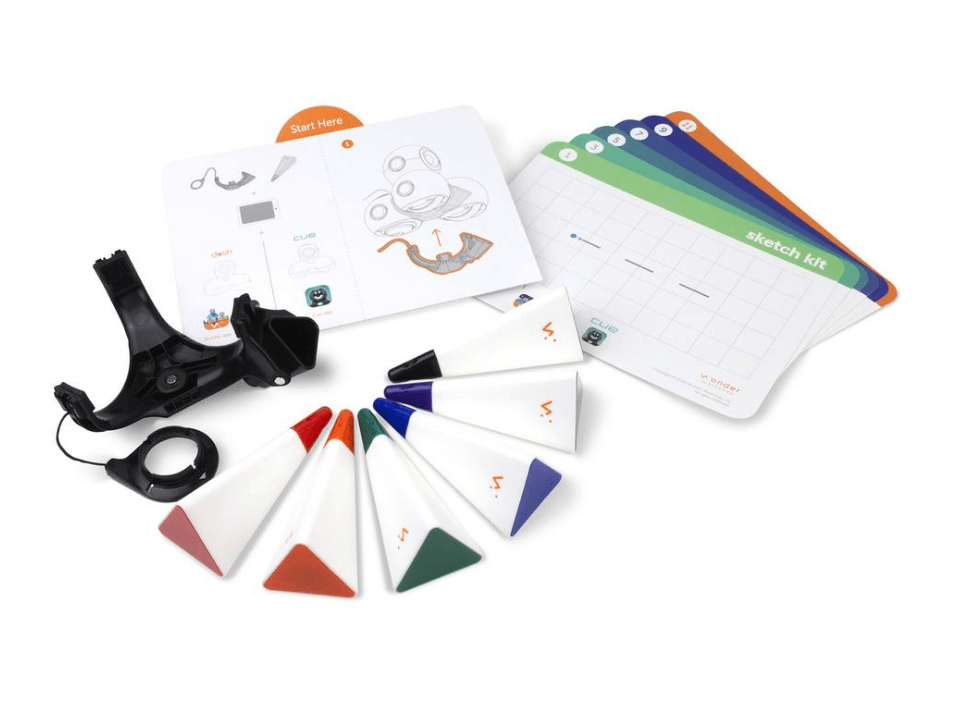


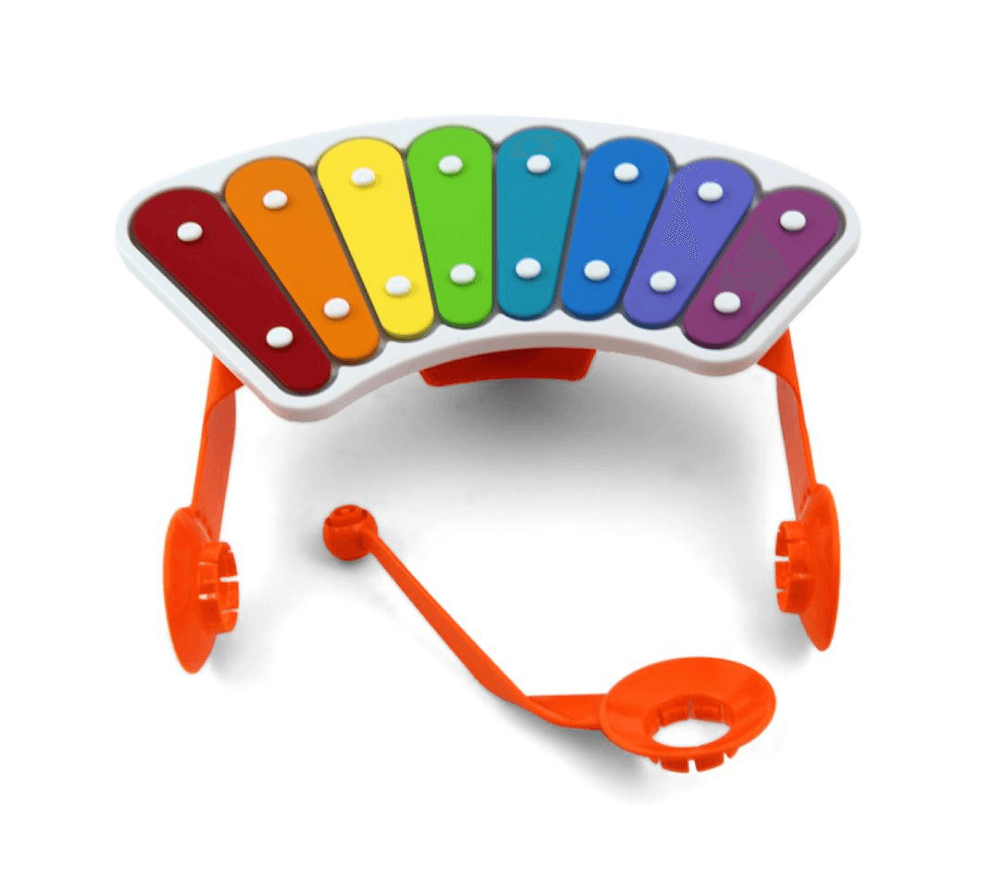


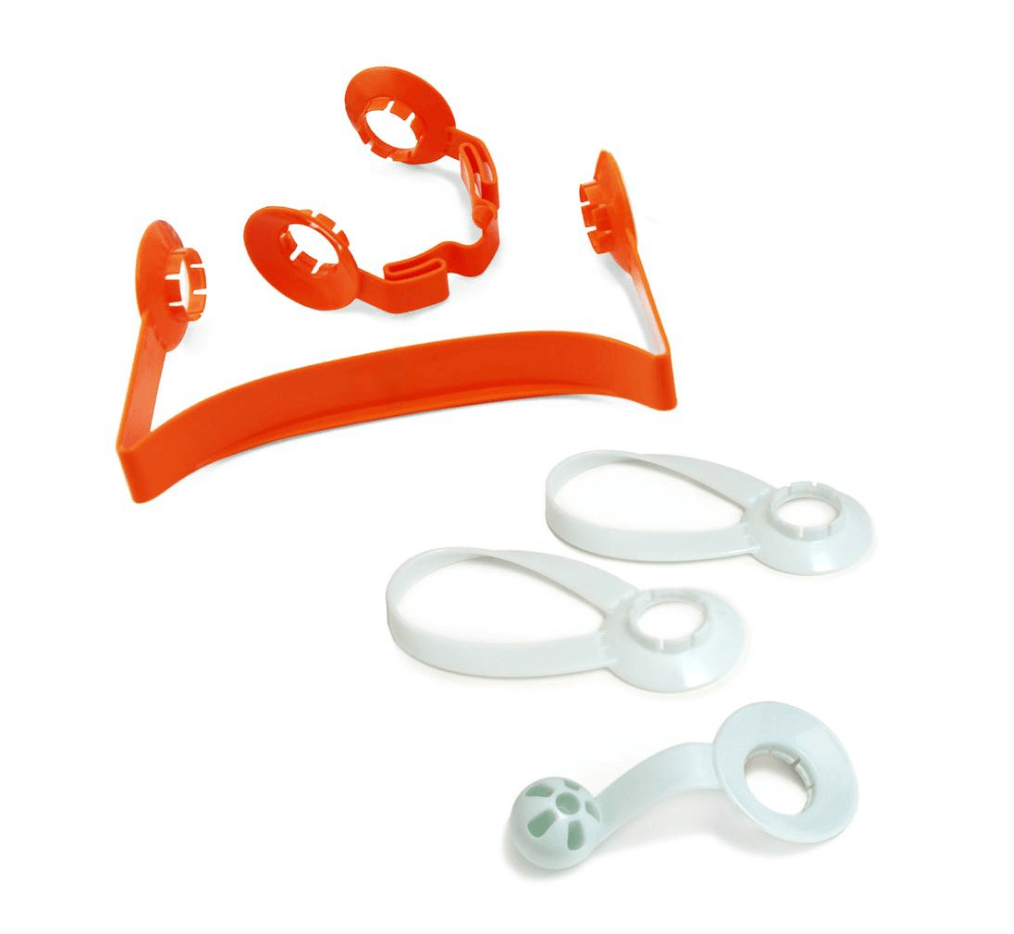

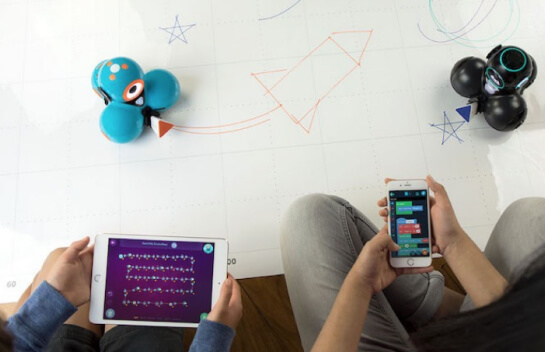
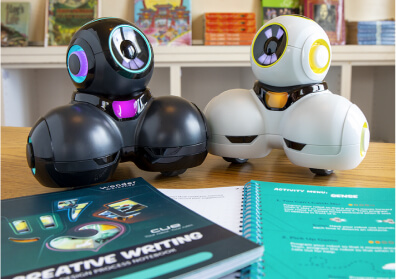
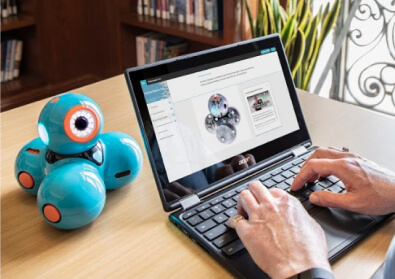







 Please wait while you are redirected to the right page...
Please wait while you are redirected to the right page...